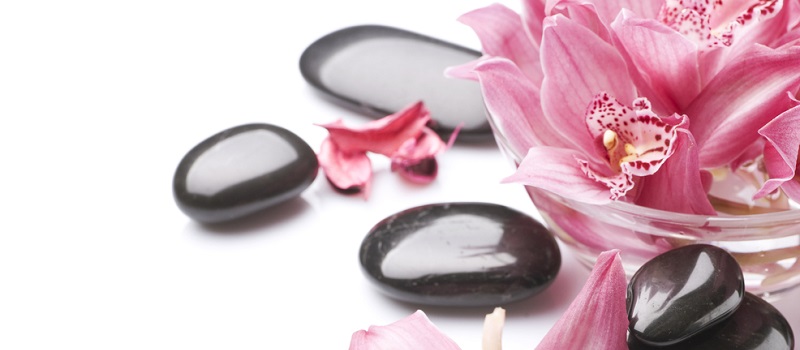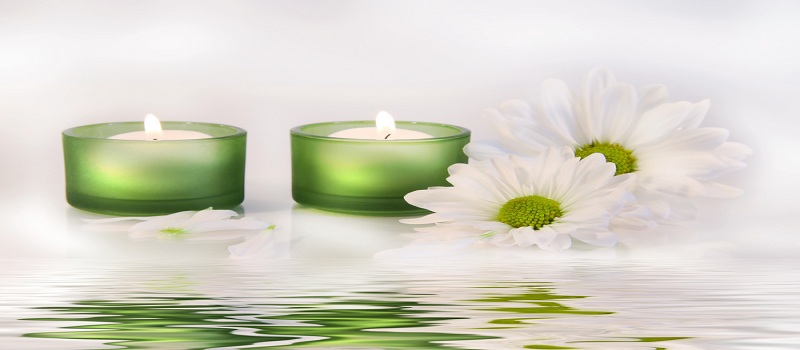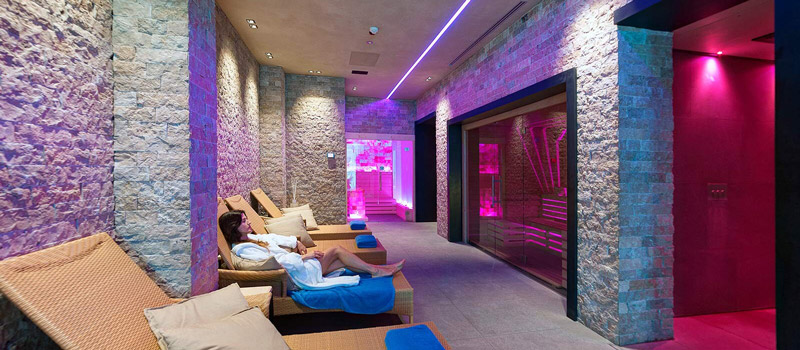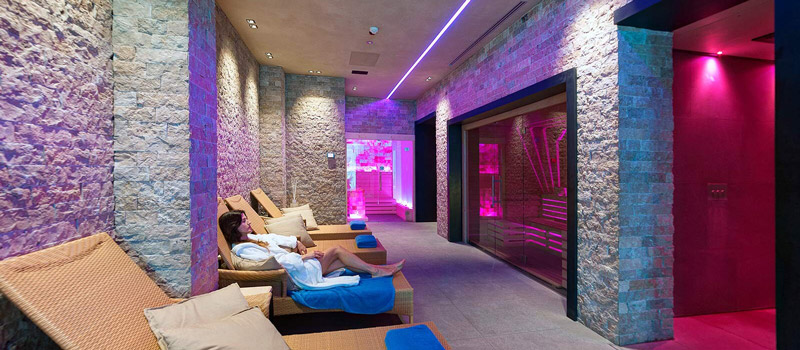Padua and Surroundings
-
.jpg) The splendid city of Padua
The splendid city of PaduaThe heart of the city life of Padua is the historic center with its picturesque squares, rich in art and history: Piazza dei Frutti and Piazza delle Erbe, which has always been home to the daily market with Palazzo della Ragione; Piazza dei Signori political center from which you can admire the oldest astronomical clock in the world. Also of note is the ancient Caffè Pedrocchi, once a famous meeting point for university students and today a city lounge; the Town Hall and the University Building, founded in 1222 and counted among the oldest and most important in the world. Then, walking along the characteristic arcades, you can reach the Basilica of S. Antonio and the grandiose Prato della Valle, the largest square in Italy, which offers an incomparable panoramic view of the city.
-
 The Scrovegni Chapel in Padua
The Scrovegni Chapel in PaduaThe Scrovegni Chapel, frescoed between 1303 and 1305 by Giotto on behalf of Enrico degli Scrovegni, is a masterpiece of art. The walls are entirely covered with frescoes.
Color, light and poetry, man and God, humanity and faith fused together to tell the stories of the life of Mary, Christ and the Last Judgment in a unique way.
In 1880, the chapel was acquired by the city of Padua and numerous conservation interventions were carried out on the frescoes and their state of conservation is continuously monitored. A masterpiece of Italian fourteenth century painting. -
 The Botanical Garden of Padua
The Botanical Garden of PaduaThe Botanical Garden of Padua, founded in 1545, is the oldest university garden in the world and has preserved its original location over the centuries. This complex of extraordinary scientific, historical, artistic and naturalistic value is in the historic center of Padua, between the great basilicas of Sant'Antonio and Santa Giustina, in an urban area that includes in the immediate vicinity complexes of great historical and artistic value such as the Prato della Valle, the Loggia and the Odeo Cornaro, the Pontecorvo gate and the sixteenth-century city walls, not far from the historic seat of the University - Palazzo Bo - and from the most important city monuments.
-
 The Euganean Hills
The Euganean HillsThe Euganean Hills rise in the heart of the Venetian plain, a mountainous area whose reliefs do not exceed 600 meters in height. Their volcanic origin has made possible the formation of an extraordinary botanical and faunal biodiversity, safeguarded by the Euganean Hills Regional Park for the tourist enhancement of natural resources.
The uncontaminated nature with a dense network of paths and itineraries allows you to explore the territory in on foot, by bicycle or on horseback and to practice many sports.
The fertility of these lands gives excellent food and wine products, from fine wines to the culinary specialties of the peasant tradition that can be tasted in the numerous restaurants, trattorias, cellars and oil mills. also visit the picturesque historic villages, Venetian villas once summer residences and castles with unparalleled charm. -
 The village of Arquà Petrarca
The village of Arquà PetrarcaOne of the most characteristic places to visit is certainly the small town of Arquà Petrarca, where time seems to have stopped. An ancient document certifies the existence of a castle inhabited by Rodolfo Normanno and it is right on the hill where the ancient castle was located which later gave rise to the original medieval village. In this picturesque location you can visit the house of the well-known poet Francesco Petrarca, where he spent the last years of his life and in the main square the writer's red marble sarcophagus. You can also admire the remarkable medieval frescoes of the Church of Santa Maria Assunta.
-
 The Villa de Vescovi a Luvigliano di Torreglia
The Villa de Vescovi a Luvigliano di TorregliaExtraordinary work of the Italian sixteenth century, harmoniously immersed in the nature of the Euganean hills. Villa dei Vescovi was conceived and built between 1535 and 1542 for the Bishop of Padua, Francesco Pisani, as a grandiose architectural work inspired by classicism and intended to welcome writers and artists. Thanks to the important cycle of frescoes by the Flemish Lamberto Sustris, the Villa represents a perfect harmony between architecture and landscape.Donated to the FAI in 2005, the Villa was reopened to the public in 2011 after the long restoration work, which thus returned to collectivity a true Renaissance masterpiece.
-
 The Catajo Castle
The Catajo CastleA monumental building rich in history, charm and legends, built starting from the 16th century by Pio Enea I degli Obizzi at Battaglia Terme (PD). Il Catajo is a unique residence of its kind that over time has been a princely villa and military lodging, literary cenacle and imperial palace.
The Catajo Castle was born to celebrate the glories of the Obizzi, extended by the same family in the 17th and 18th centuries and was later transformed in the ducal palace by the Habsburg-Este family of Modena and finally elected as the imperial holiday residence of the Habsburg emperors of Austria. -
 The City and the Este Castle
The City and the Este CastleEste was founded by the ancient Venetians near the Adige which in ancient times passed through here, as testifies to its name. Worth visiting is the Atestino National Museum, the Carrarese castle, the squares and the numerous ancient churches, treasures of works of art. Of the castle only the walls remain which, however, make it perceive its original size.
The National Atestino Museum, founded in the nineteenth century, has been based since 1902 in the Palazzo of the noble Venetian family of the Mocenigo, built in the sixteenth century by incorporating in the main facade a section of the walls of the fourteenth-century castle of the Carraresi, which in turn was built in the area of the first residence. feudal of the princely family of the Este family. The numerous and important collections come from the pre-Roman and Roman center of Este and the surrounding area. -
 The International Mask Museum in Abano Terme
The International Mask Museum in Abano TermePart of the precious collection of theatrical masks resulting from the artistic production of the sculptors Amleto (1915-1962) and Donato Sartori in more than eighty years of creative activity is exhibited at the International Mask Museum, as well as an extraordinary quantity of masks, original geo finds. -ethno-anthropological and works from the most symptomatic cultural areas of the planet collected in years of travel and cultural exchanges.



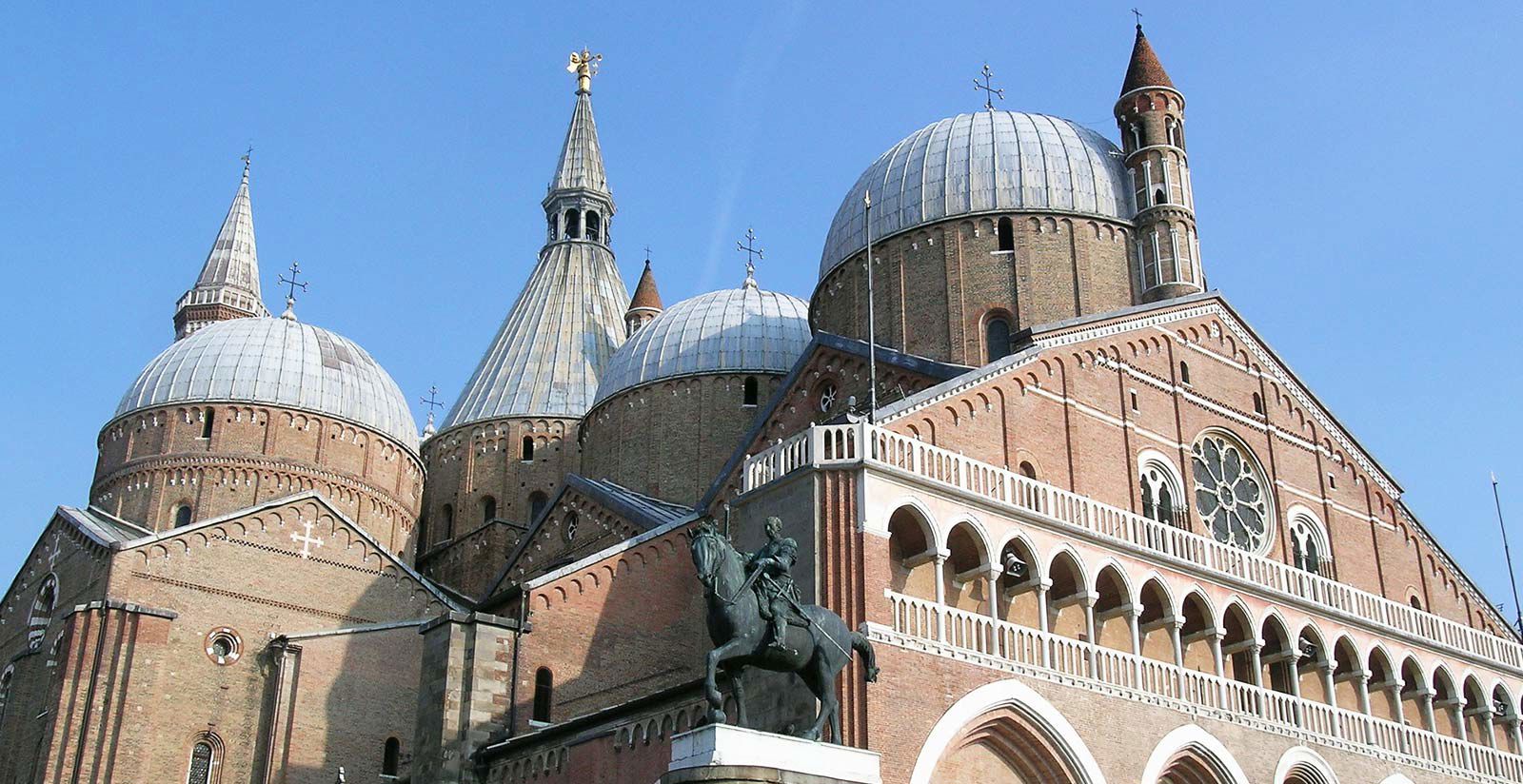
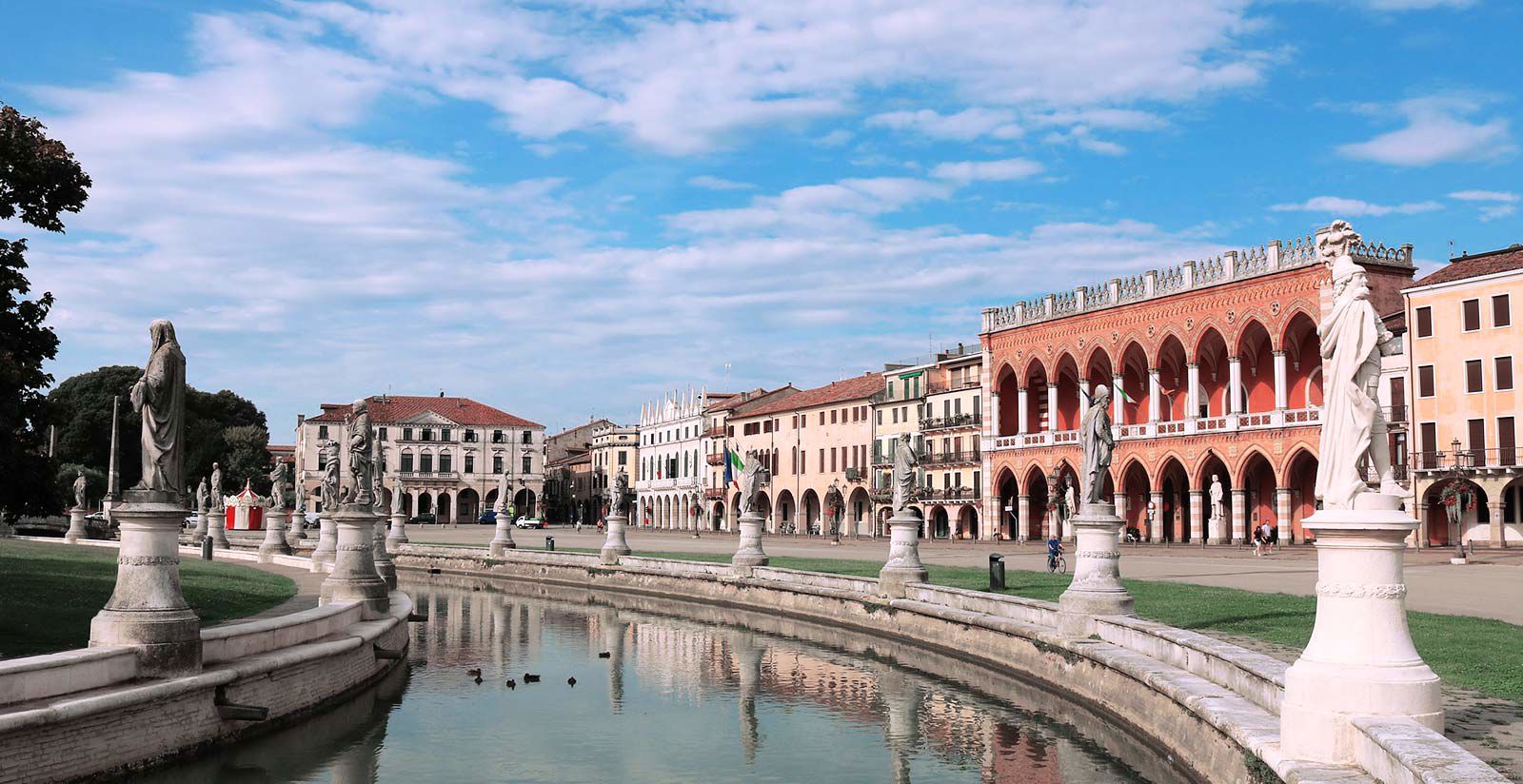

.jpg)




.jpg)


